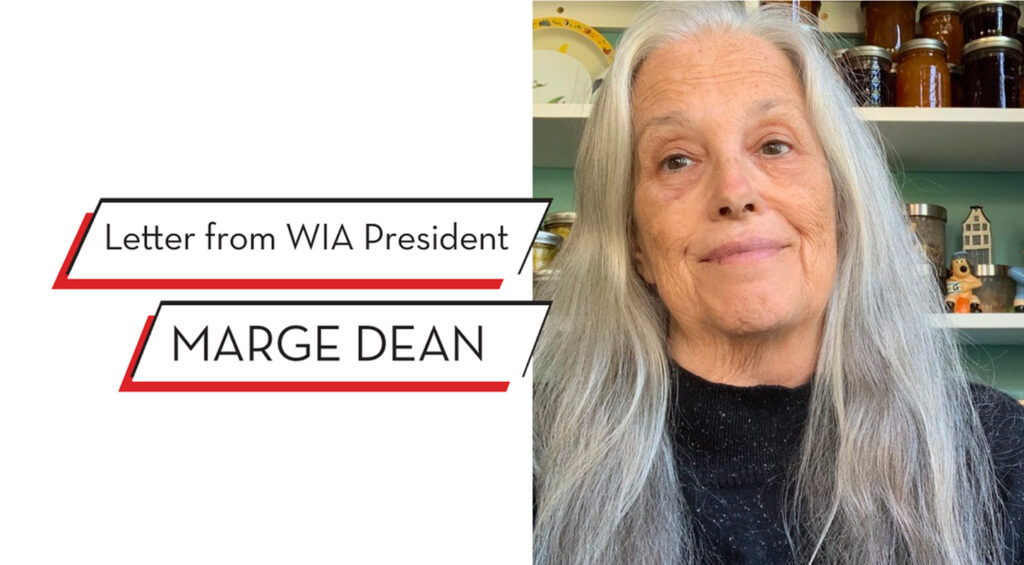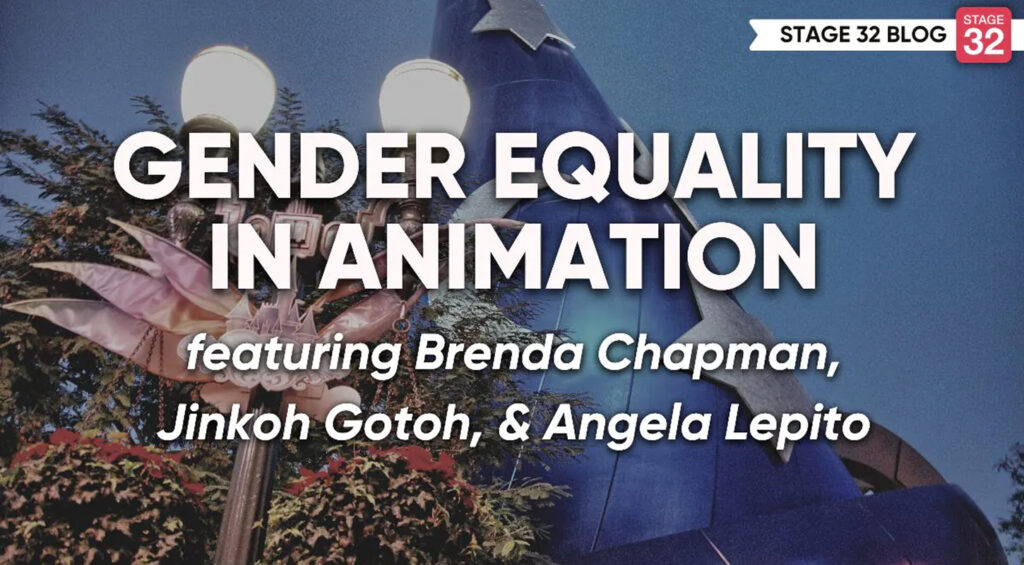Letter From WIA President Marge Dean – Aug 4, 2023
Dear Friends, It’s a tough time right now in animation. We saw drastic cuts in projects from all the major streamers long before the Writers and Actors went on strike. Productions were abruptly ended, even when they were nearly or completely finished. Whole animation divisions were eradicated. I’ve heard estimations that 30% of the animation […]
Letter From WIA President Marge Dean – Aug 4, 2023 Read More »


